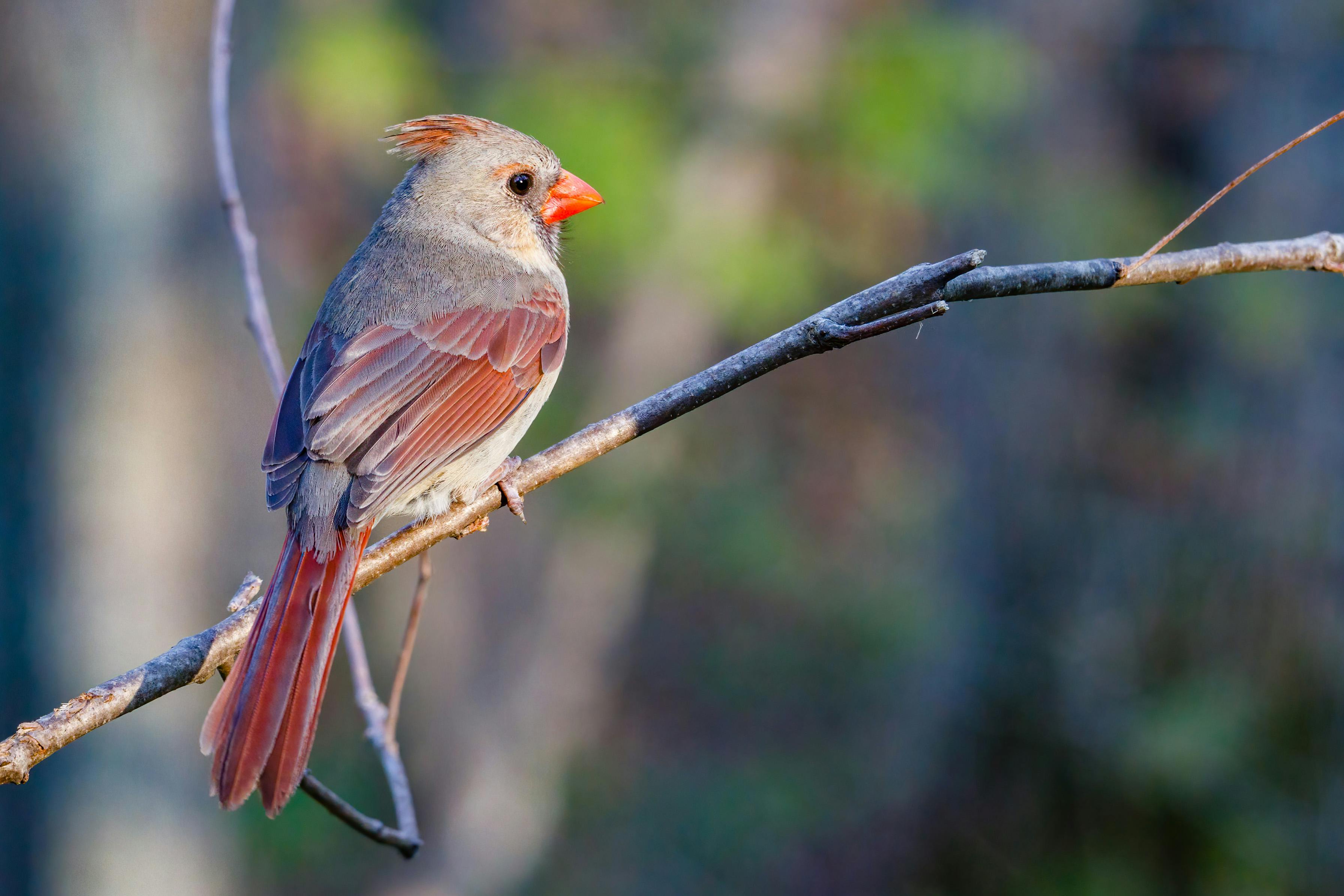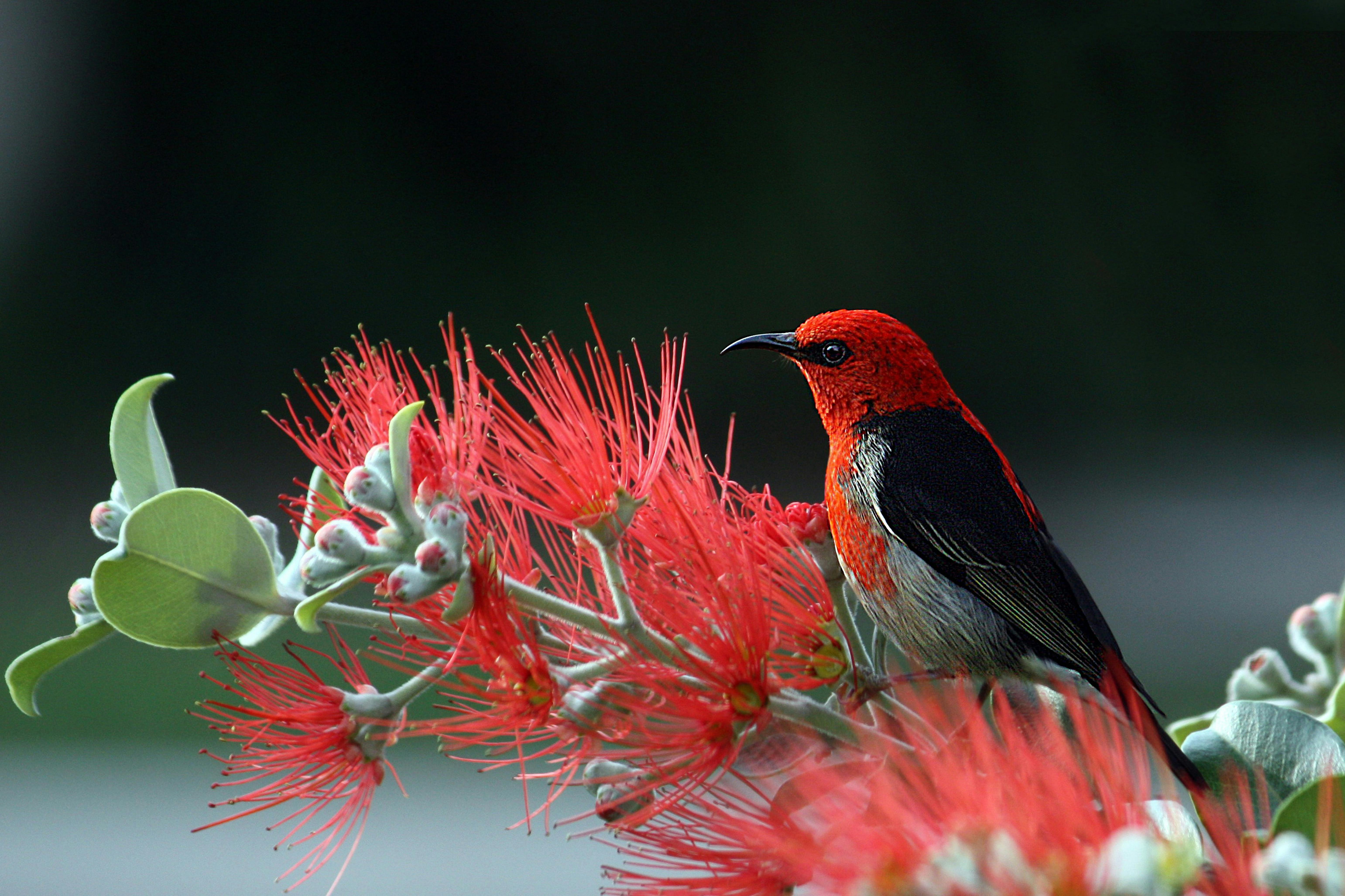The Scarlet Kingsnake is a species of non-venomous snake that belongs to the Colubridae family. It is also referred to as the red milk snake, or the scarlet milk snake. The scientific name for this species is Lampropeltis triangulum elapsoides. This species of snake is native to the southeastern United States and can be found in states such as Georgia, North Carolina and South Carolina. The adult size of these snakes range from 18-30 inches in length and they are typically a combination of dark browns, oranges and reds in color. These snakes feed mainly on small mammals, lizards, and amphibians. They have been known to occasionally feed on eggs and small birds. Despite their relatively small size they are known for being quite aggressive when cornered or threatened by predators.A Scarlet Kingsnake is a species of non-venomous snake found in the southeastern United States. It is also called the Red Milk Snake, the Scarlet Snake, and the Scarlet Kingsnake. It is brightly colored with red, black, and white bands along its body. The Scarlet Kingsnake prefers to inhabit rocky areas in forests and grasslands, where it feeds on small rodents, lizards, frogs, eggs, and other snakes.
Contents
Description of the Scarlet Kingsnake
The Scarlet Kingsnake is a species of nonvenomous colubrid snake that is native to the southeastern United States. It is typically found in deciduous forests and woodlands, but can also be found in urban or suburban settings. It is a small snake with a maximum length of around 3 feet and a slender body. Its dorsal body coloration consists of alternating bands of black, red and yellow. The belly of the Scarlet Kingsnake is usually white or yellowish-white with dark spots. It has a pointed head and round eyes with vertical pupils.
Scarlet Kingsnakes are mainly terrestrial and spend much of their time beneath leaf litter, logs or rocks. They are active during the day and feed on small rodents, frogs, lizards, eggs and other snakes. They use their sharp teeth to capture their prey before swallowing it whole. While they are not aggressive snakes, they will sometimes coil up and rattle their tails if disturbed.
Where is the Scarlet Kingsnake Found?
The Scarlet Kingsnake is found in the southeastern United States, primarily in North Carolina, South Carolina, Georgia, Florida and Alabama. It can also be found in parts of Tennessee, Mississippi and Louisiana. This species of snake prefers to inhabit dry, sandy soils and can often be found near pine woods, open fields and other grassy areas. It is most commonly spotted during the spring and summer months when it is active and searching for food. The Scarlet Kingsnake prefers to stay close to cover such as logs, stumps or rock piles where it can hide from predators.
The Scarlet Kingsnake feeds mainly on small vertebrates such as lizards, frogs and mice but may also consume small invertebrates like worms and insects if necessary. It uses its brightly colored pattern to help startle potential prey before striking quickly to capture its meal. The Scarlet Kingsnake will also eat other snakes including rattlesnakes and copperheads which makes it a beneficial predator in some areas.
Diet and Feeding Habits of the Scarlet Kingsnake
The Scarlet Kingsnake, also known as the Red Milksnake, is a species of non-venomous colubrid snake that typically inhabits the eastern United States. The Scarlet Kingsnake is an opportunistic feeder which means it will eat whatever prey is available. Its diet usually consists of small rodents, lizards, frogs, and sometimes other small snakes.
Like other snakes, the Scarlet Kingsnake uses its eyesight and its sense of smell to locate its prey. They are primarily diurnal hunters and use their tongues to detect smells in their environment. When they sense something edible nearby, they will strike quickly and hold onto their prey until it has been subdued.
The Scarlet Kingsnake does not have a very specialized diet, so it can feed on a wide variety of prey items. However, they do have a preference for small mammals like rodents and frogs. They may also consume eggs and insects depending on what’s available in their environment.
In captivity, the Scarlet Kingsnake can be fed live mice or pinky rats every week or two depending on its size. Young snakes should be offered food more frequently than adults as they need the extra nutrition to sustain their growth rate. In addition to live prey items, you can also offer them frozen mice or pre-killed pinky rats if you want to avoid handling live animals in your home.
Overall, the Scarlet Kingsnake is an opportunistic feeder that consumes a wide variety of food items depending on what is available in its environment. In captivity, they should be fed mice or pinky rats every week or two depending on their size. With proper care and nutrition, these fascinating reptiles can make great pets for any reptile enthusiast!
Reproduction and Life Cycle of the Scarlet Kingsnake
The Scarlet Kingsnake is a species of non-venomous snake found in North America. It is a small species, typically reaching lengths of 24 to 36 inches. The Scarlet Kingsnake has a life cycle that involves reproduction and other typical life activities.
Scarlet Kingsnakes typically reach sexual maturity at two years old. They reproduce through internal fertilization, with the male transferring sperm to the female through his reproductive organs during mating. After mating, the female will usually lay clutches of 6 to 12 eggs in the late spring or early summer months. The eggs will incubate for about two months, and then hatch into small snakes that are about 7 inches long.
Once hatched from their eggs, young Scarlet Kingsnakes will typically feed on small invertebrates such as crickets and earthworms for the first year of their life. As they grow older they may switch to consuming lizards and other small vertebrates such as frogs or mice. Adults will also feed on these same prey items as well as larger snakes and other reptiles.
Scarlet Kingsnakes are solitary creatures, meaning they do not form social groups or live in groups like many other species of snakes do. Instead they spend much of their time alone or with a mate during mating season. Adult Scarlet Kingsnakes can live up to 15 years in captivity but often live much shorter lives in the wild due to predation, disease, and human interference such as habitat destruction or collection for illegal pet trade purposes.
Overall, the Scarlet Kingsnake is an interesting species with an interesting life cycle that involves reproduction and typical snake life activities such as feeding and living alone or with mates during breeding season.

Behavior
The Scarlet Kingsnake is a non-venomous species of snake that is usually found in the Southeastern United States. They are typically calm and docile, preferring to stay out of sight and to hide in the underbrush rather than become aggressive. However, they may become agitated if they feel threatened and will hiss loudly and strike out with their mouths while still trying to avoid physical contact. They are nocturnal animals, meaning they are most active at night and during the day they remain hidden in their burrows or other hiding spots.
Habitat
Scarlet Kingsnakes live in a variety of habitats, from dry rocky areas to wetland forests. They prefer areas with thick vegetation for hiding and foraging for food, such as leaf litter or rotting logs. They are also known to inhabit agricultural fields or suburban yards where there is plenty of cover from predators. These snakes can be found in both terrestrial and aquatic environments, but they tend to prefer moist habitats with plenty of cover.
Threats to the Scarlet Kingsnake
The Scarlet Kingsnake is an endangered species that is facing multiple threats. One of the biggest threats the species faces is habitat loss due to human activities such as urban development and agricultural practices. Additionally, this species is also threatened by illegal collection for the pet trade, predation by other animals, and road mortality.
Habitat loss has a major impact on the Scarlet Kingsnake. As more land is developed for housing or industry, there is less available habitat for this species to inhabit. Additionally, some agricultural practices can be detrimental to this species’ habitat as well. For example, land-clearing and the use of pesticides can significantly reduce the amount of suitable habitat available for the Scarlet Kingsnake.
Illegal collection for the pet trade also poses a major threat to this species. Many people are willing to pay a premium for rare animals such as the Scarlet Kingsnake, which makes them a target for poachers looking to make a quick buck. This illegal activity has decimated populations of this species in some areas, leading to their endangerment status today.
Predation by other animals is another threat that the Scarlet Kingsnake faces. As an already vulnerable species, it does not have many defenses against larger predators such as birds, foxes and raccoons which can easily snatch up and eat these snakes if given the chance.
Finally, road mortality presents yet another threat to this species as they are often killed when crossing roads in search of food or mates. Cars pose a serious danger to these snakes and can lead to significant population declines if not addressed properly.
Conservation Status of the Scarlet Kingsnake
The conservation status of the Scarlet Kingsnake is currently being evaluated. The species is not currently listed on the IUCN Red List, but it is listed as a protected species in some states. This means that catching, killing, or transporting Scarlet Kingsnakes is illegal in those states.
Scarlet Kingsnakes are found in a wide range of habitats throughout their range, which extends from the southeastern United States to northern Mexico. They can be found in a variety of habitats including pine forests, coastal marshes and swamps, grasslands and wetlands. The species thrives in areas with abundant cover such as logs and leaf litter.
Due to their wide range and diverse habitat preferences, Scarlet Kingsnakes are not considered endangered or threatened at this time. However, there are some potential threats that could put this species at risk. These include habitat destruction due to agricultural activities and urbanization, as well as predation by domestic cats and other predators. Additionally, climate change could potentially cause a decline in available habitat for the species.
In order to ensure the long-term survival of the Scarlet Kingsnake population, conservation efforts should focus on preserving their natural habitat and preventing over-harvesting or poaching of this valuable species. It is also important to educate people about this species so they can appreciate its beauty and understand why it needs our protection.

Conclusion
The scarlet kingsnake is a beautiful, yet somewhat timid creature. It is an excellent pet if you can provide it with the correct environment and diet. They can live up to 20 years in captivity, making them a great long-term companion. They are also relatively easy to care for and can be handled with care. They are not an aggressive snake, but they can bite if provoked or startled.
Scarlet kingsnakes are fascinating to observe in their natural environment. They like to hide among leaf litter and rocks, so it can be difficult to spot them in the wild. However, if you do happen upon one of these beautiful creatures, take a few moments to admire their bright colors and unique patterns before leaving them alone.
Overall, scarlet kingsnakes make wonderful pets for those who enjoy reptiles and have the ability to provide them with the necessary care that they need. If you choose to keep one as a pet, remember that they require patience and regular maintenance in order to thrive.
With proper care and attention, these amazing creatures will be sure to bring their owners years of joy and companionship.

0 Comments